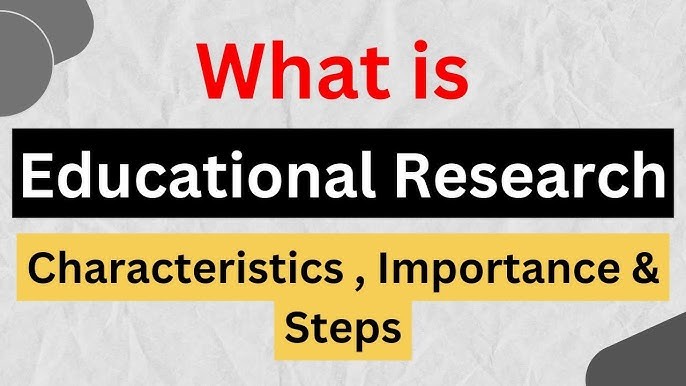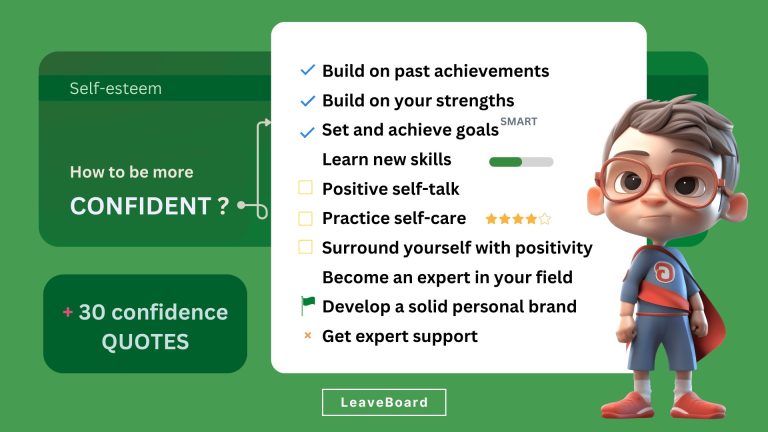The Educator’s Voice: Advocating for Change
In the world of education, change is often slow, incremental, and shaped by policy rather than practice. Yet the most powerful catalyst for meaningful transformation is not legislation or administrative reform—it is the voice of the educator. Teachers, instructors, and facilitators are uniquely positioned to understand the nuances of learning environments, the evolving needs of students, and the systemic barriers that hinder progress. When educators speak up, not just within the confines of their classrooms but in broader conversations about policy, equity, and innovation, they become agents of change. Their insights, grounded in daily experience, offer a perspective that is both practical and visionary.
Advocacy in education is not limited to protests or public campaigns. It often begins with small, intentional acts—raising concerns in staff meetings, proposing new approaches to curriculum, or mentoring colleagues through challenges. These moments may seem modest, but they reflect a deeper commitment to improving the system from within. For example, an educator who notices that standardized assessments are disproportionately affecting students from marginalized backgrounds might initiate a dialogue with administrators about alternative evaluation methods. This kind of advocacy is rooted in empathy and observation, and it often leads to more inclusive practices that benefit the entire learning community.
The educator’s voice also carries weight because it is informed by relationships. Teachers interact with students, families, and fellow staff members on a daily basis. They see firsthand how policies play out in real time, where they succeed and where they fall short. This proximity to the human side of education gives their perspective a credibility that data alone cannot provide. When educators advocate for change, they are not speaking in abstractions—they are speaking for the students who struggle silently, the parents who feel unheard, and the colleagues who are stretched too thin. Their voice becomes a bridge between lived experience and institutional decision-making.
In business terms, educators are frontline operators. They execute strategy, manage resources, and deliver outcomes—all while navigating complex interpersonal dynamics. Yet unlike many business professionals, educators are often excluded from strategic planning. This disconnect can lead to initiatives that are misaligned with classroom realities. By elevating the educator’s voice in decision-making processes, organizations can design solutions that are both ambitious and grounded. For instance, a district planning to implement a new digital learning platform would benefit immensely from teacher input on usability, integration, and student engagement. Without that feedback, even the most sophisticated tools risk falling flat.
Leadership is a critical factor in enabling educator advocacy. When school leaders create environments where questioning is welcomed and innovation is supported, teachers are more likely to speak up. This requires a shift from hierarchical management to collaborative leadership, where educators are seen not just as implementers but as thought partners. In practice, this might look like forming cross-functional teams to tackle persistent challenges, inviting teachers to co-design professional development, or simply making space for open dialogue. These actions signal that the educator’s voice is not only heard but valued.
The broader community also plays a role in amplifying educator advocacy. Parents, business leaders, and policymakers often look to educators for guidance on what works and what doesn’t. When teachers engage with these stakeholders, they help shape public understanding of education and influence the direction of reform. This engagement can take many forms—writing op-eds, participating in panels, or collaborating on community initiatives. The key is authenticity. Educators who speak from experience, with clarity and conviction, can cut through jargon and connect with audiences in meaningful ways.
Technology has expanded the reach of the educator’s voice. Social media platforms, blogs, and podcasts allow teachers to share insights, challenge assumptions, and build networks across geographic boundaries. These digital spaces democratize advocacy, enabling educators at all levels to contribute to the conversation. However, with greater visibility comes greater responsibility. Educators must navigate these platforms thoughtfully, balancing passion with professionalism and ensuring that their message reflects both their values and their expertise. When done well, digital advocacy can inspire change, foster solidarity, and elevate the profession.
Resistance to change is inevitable, especially in systems as complex and tradition-bound as education. But the educator’s voice is uniquely equipped to navigate this resistance. Teachers understand the importance of pacing, scaffolding, and differentiation—not just in instruction, but in change management. They know that transformation requires buy-in, trust, and persistence. By applying these principles to their advocacy, educators can lead change that is both sustainable and inclusive. They can help communities move beyond reactive reform toward proactive innovation.
Ultimately, advocating for change is not an additional task for educators—it is an extension of their role. Teaching is inherently transformative. It involves challenging assumptions, nurturing growth, and envisioning possibilities. When educators bring that same energy to the broader system, they elevate the entire field. Their voice becomes a force for equity, excellence, and evolution. In a time when education faces unprecedented challenges and opportunities, listening to and empowering the educator’s voice is not just wise—it is essential.







